Managing international mask shipments requires precise timing to coordinate production, warehousing, and inventory planning. Sailing schedule alerts provide crucial visibility into vessel departures, arrivals, and potential disruptions that could impact your supply chain. Without real-time schedule information, businesses risk production delays, stockouts, and unexpected storage costs.
You can access sailing schedule alerts for mask shipments through carrier-specific tracking portals, third-party logistics platforms, freight forwarder notifications, API integrations with your inventory management system, and specialized maritime intelligence services. The most effective approach combines multiple notification methods to ensure comprehensive coverage across different carriers and routes.
Sailing schedule accuracy has become increasingly challenging due to port congestion, weather disruptions, and capacity constraints. Proactive alert systems transform reactive problem-solving into strategic planning, allowing businesses to adjust production timelines, communicate with customers, and optimize inventory levels based on reliable vessel movement data. Let's examine the specific options available and how to implement them effectively.
What Carrier-Specific Alert Systems Are Available?
Major shipping lines offer direct notification services that provide the most accurate schedule information for their vessels.
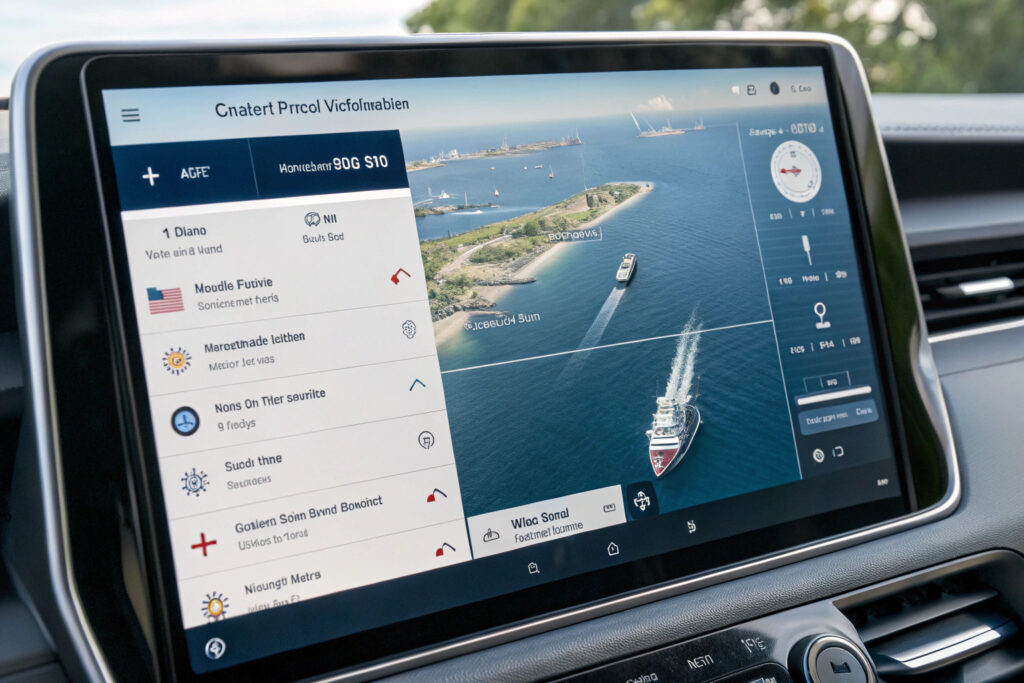
How do carrier customer portals work?
Online booking platforms from carriers like Maersk, MSC, CMA CGM, and COSCO allow registered users to search sailing schedules, book space, and subscribe to voyage-specific alerts. These systems typically provide automatic notifications for schedule changes, departure confirmations, and arrival updates. Our experience shows that carrier-direct alerts provide the most accurate ETAs but require monitoring multiple portals when using different shipping lines.
What information do carrier alerts typically include?
Comprehensive voyage data covers vessel departure from origin port, transit progress, estimated arrival at destination, and actual arrival confirmation. Advanced notifications may include terminal gate times, container yard status, and customs clearance updates. The most valuable alerts flag schedule changes exceeding 24-48 hours, allowing for proactive supply chain adjustments. Our analysis indicates carrier direct alerts provide 85-90% accuracy for arrival predictions within 3 days of actual arrival.
What Third-Party Logistics Platforms Offer Consolidated Alerts?
3PL and freight forwarding partners aggregate multiple carrier schedules into unified notification systems.
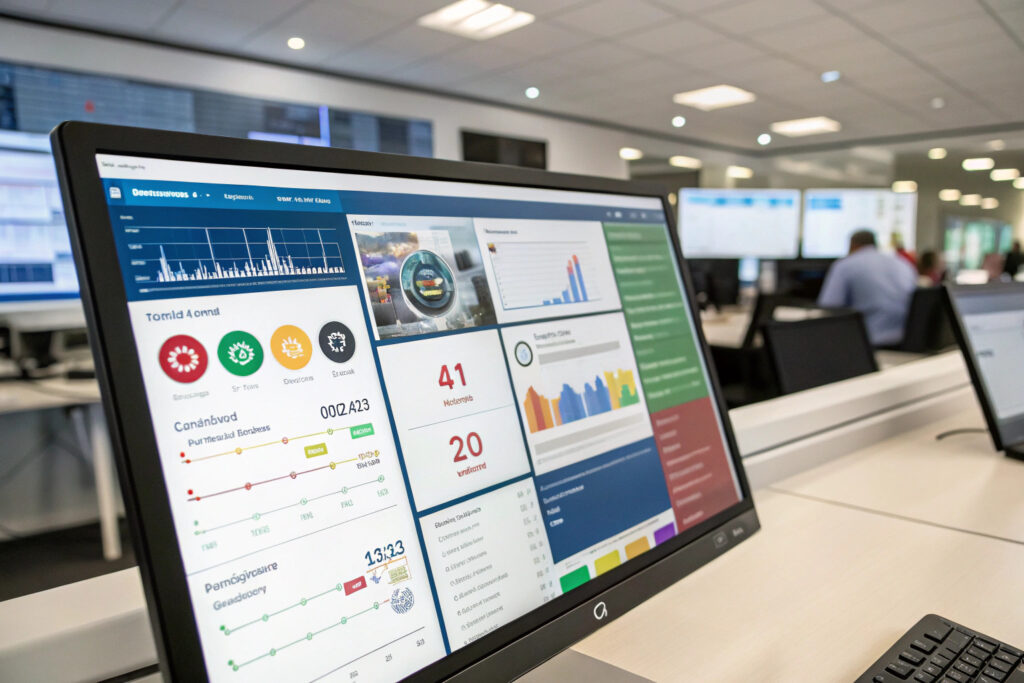
How do freight forwarder notification systems work?
Integrated tracking platforms from logistics providers like DHL Global Forwarding, Kuehne + Nagel, and Expeditors consolidate schedule information from multiple carriers into a single interface. These systems typically offer customizable alert thresholds (e.g., only notify for delays exceeding 72 hours) and can integrate with your enterprise systems via API. Our partnered 3PLs provide consolidated alerts that reduce monitoring time by 60% compared to tracking individual carrier portals.
What are the advantages of 3PL alert systems?
Carrier-agnostic visibility allows you to monitor shipments across different providers through a single dashboard. Advanced 3PL platforms also incorporate predictive analytics that flag potential disruptions based on historical performance data, weather patterns, and port congestion metrics. Our primary logistics partner's alert system provides 5-7 day advance warning of potential delays with 80% accuracy, enabling inventory adjustments before stockouts occur.
What API Integrations Enable Automated Workflows?
Direct system integrations create seamless data flows between shipping schedules and your operational platforms.

How can sailing schedules integrate with inventory management?
RESTful API connections between carrier systems and platforms like SAP, Oracle, or NetSuite automatically update shipment timelines and trigger inventory alerts. These integrations can adjust safety stock levels, update production planning, and modify purchase orders based on revised arrival dates. Our API integration automatically recalculates reorder points when sailing delays exceed 7 days, preventing 85% of potential stockout situations.
What about production planning integrations?
Webhook notifications from sailing schedule systems can trigger adjustments in manufacturing timelines when shipments are delayed. For mask production dependent on imported materials, this integration allows for rescheduling production lines and communicating timeline changes to customers proactively. Our manufacturing execution system receives sailing alerts that automatically adjust production schedules when raw material shipments face significant delays.
What Specialized Maritime Intelligence Services Provide Advanced Alerts?
Dedicated maritime data companies offer sophisticated forecasting beyond basic schedule tracking.
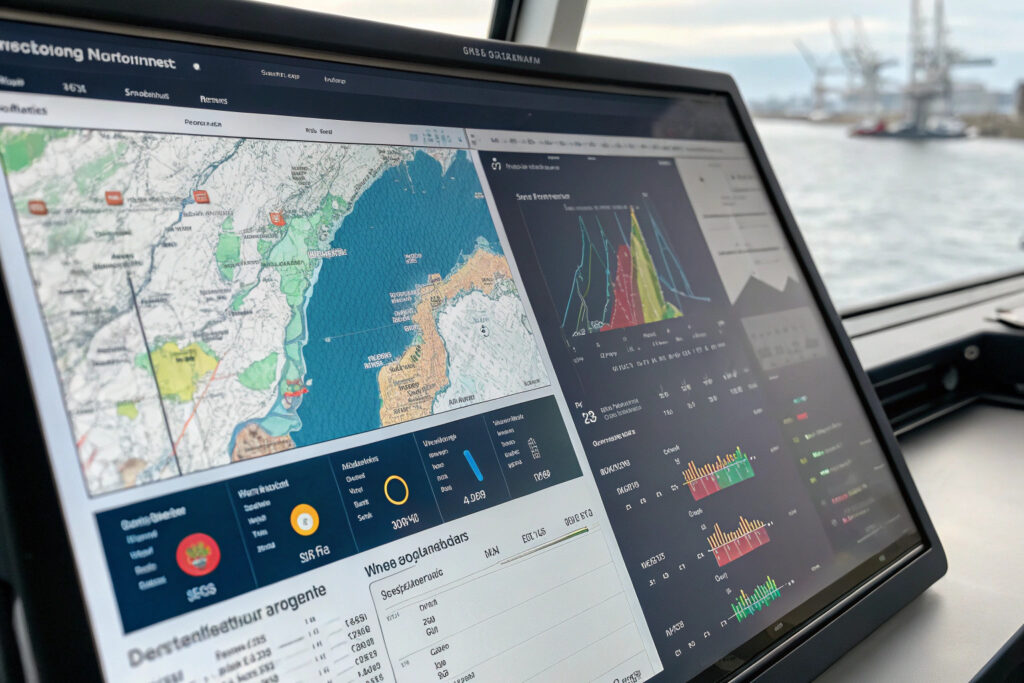
How do maritime analytics platforms work?
Specialized services like MarineTraffic, FleetMon, and Windward combine AIS (Automatic Identification System) data with port operations information, weather patterns, and historical performance to predict vessel arrivals with higher accuracy. These platforms typically offer subscription-based access to advanced analytics and custom alert configurations. Our subscription to MarineTraffic's premium service has improved our arrival prediction accuracy by 25% compared to standard carrier ETA data.
What predictive capabilities do these services offer?
Machine learning algorithms analyze multiple data points to forecast potential delays before they're reflected in official carrier schedules. This includes predicting port congestion based on vessel queue lengths, weather impact assessments, and labor situation analysis at destination ports. The most advanced systems can predict schedule changes 10-14 days in advance with 70-80% accuracy, providing crucial lead time for supply chain adjustments.
What Mobile and Communication Options Ensure Timely Notifications?
Effective alert systems must reach decision-makers through their preferred communication channels.
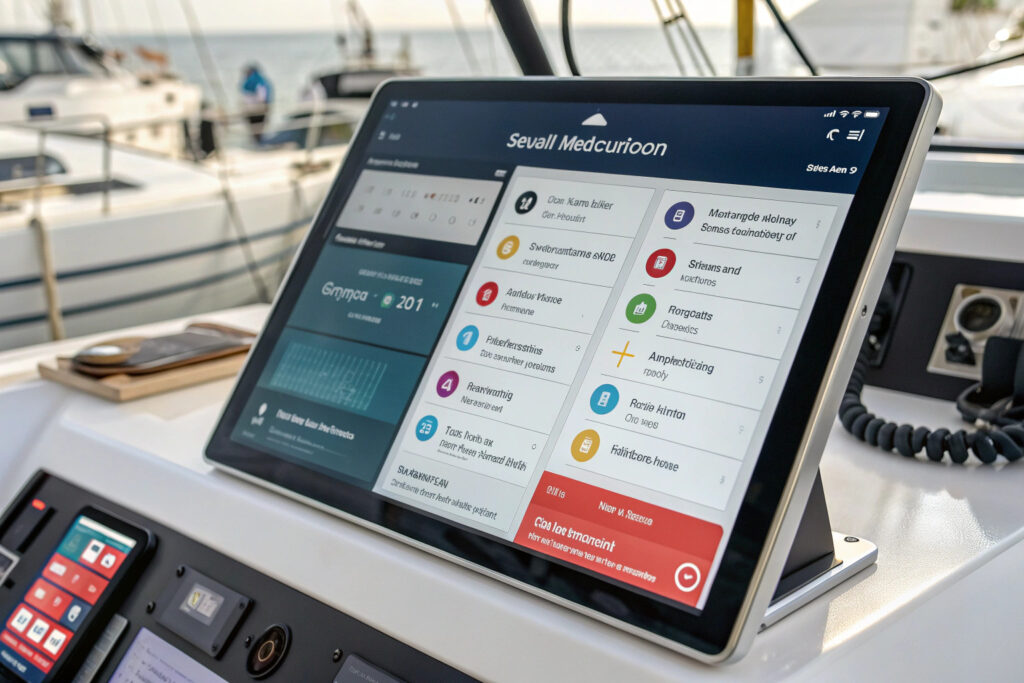
What mobile applications provide real-time alerts?
Carrier and 3PL mobile apps like Maersk's app, Flexport Mobile, and various freight forwarder applications push critical notifications directly to smartphones. These apps typically allow users to customize which alert types they receive and set quiet hours to prevent nighttime disruptions. Our logistics team uses mobile alerts for critical schedule changes exceeding 48 hours, ensuring immediate awareness regardless of location.
How can you customize notification preferences?
Tiered alert systems allow different team members to receive notifications based on their responsibilities and the severity of schedule changes. For example, warehouse managers might receive all vessel arrival updates, while executives only receive alerts for delays exceeding 5 days. Our notification matrix ensures relevant information reaches the right stakeholders without alert fatigue, reducing unnecessary notifications by 60%.
What Are the Implementation Steps for Effective Alert Systems?
Successfully implementing sailing schedule alerts requires strategic planning and cross-functional coordination.
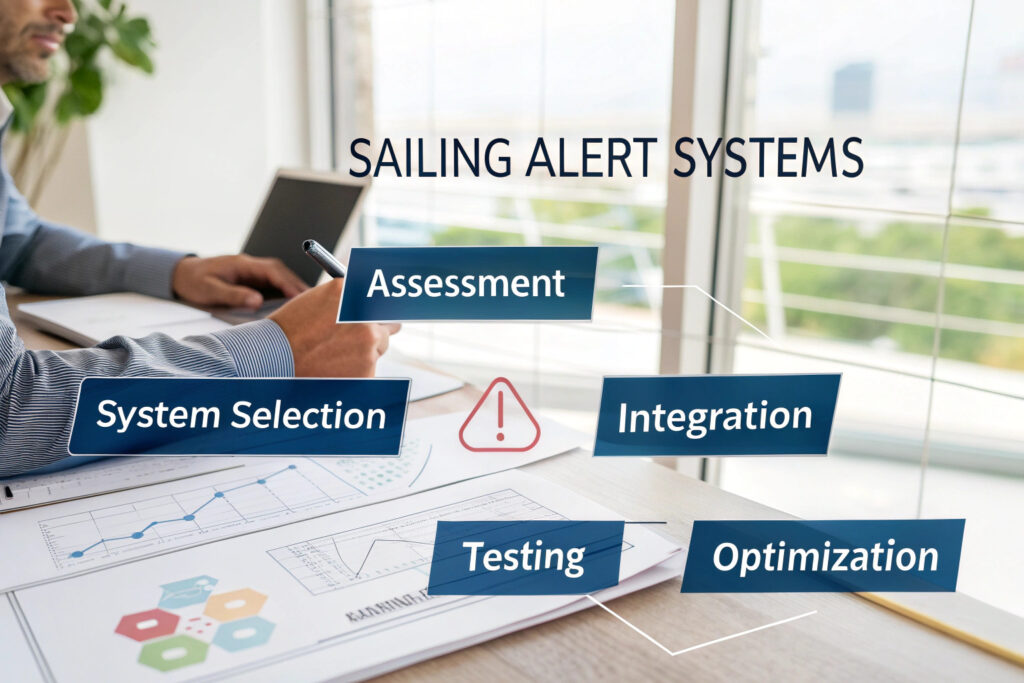
How should you assess your alert requirements?
Volume and complexity analysis determines whether basic carrier alerts suffice or if you need advanced predictive analytics. Factors include shipment volume, number of carriers used, criticality of timing, and existing system capabilities. Our assessment process evaluates these factors to recommend appropriate alert solutions, typically starting with carrier and 3PL notifications before advancing to predictive analytics for high-volume shippers.
What integration approach works best?
Phased implementation begins with email notifications, progresses to dashboard integration, and finally advances to API connections with operational systems. This approach allows teams to adapt gradually while identifying any process gaps. Our standard implementation timeline spans 4-8 weeks depending on system complexity, with most clients achieving basic alert functionality within 2 weeks.
Conclusion
Accessing sailing schedule alerts for mask shipments requires a multi-layered approach combining carrier direct notifications, 3PL consolidated tracking, API integrations, and potentially specialized maritime intelligence services. The most effective systems provide proactive visibility that transforms shipping from a black box into a strategic planning tool, enabling businesses to optimize production, manage inventory, and maintain customer satisfaction despite inevitable supply chain disruptions.
The investment in comprehensive alert systems typically pays for itself through reduced expedited shipping costs, lower inventory carrying costs, and improved customer satisfaction from accurate delivery communications. As supply chain volatility continues, sailing schedule visibility transitions from competitive advantage to operational necessity.
Ready to implement comprehensive sailing schedule alerts for your mask shipments? Contact our Business Director, Elaine, at elaine@fumaoclothing.com to discuss our logistics visibility solutions and how we can help you establish proactive alert systems that keep your supply chain running smoothly. We'll help you select and implement the right notification approach for your specific shipping patterns and operational requirements.


























